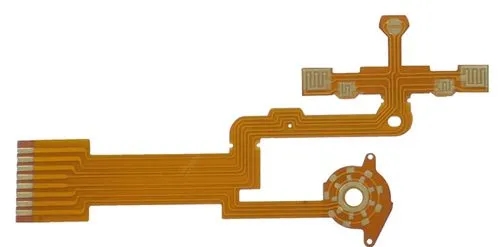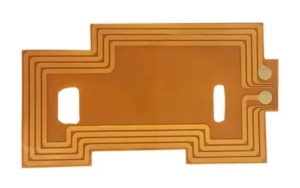How to perform signal integrity analysis on FPC impedance board?
Conducting signal integrity analysis of FPC (Flexible Printed Circuit) impedance board is a complex process involving multiple steps and techniques. Here are some basic steps and considerations:
1. Understand the characteristics of FPC impedance board: First, you need to have a deep understanding of the material characteristics, design structure and working environment of FPC impedance board, all of which will affect the transmission and integrity of the signal.
2. Select appropriate test equipment: In order to accurately measure and analyze the signal, you need to select appropriate test equipment, such as oscilloscopes, spectrum analyzers, etc. These devices should have sufficient bandwidth and accuracy to capture and analyze high-speed signals.
3. Perform waveform testing: Waveform testing is the basis of signal integrity testing. Use an oscilloscope to measure the amplitude, rise time, fall time and other parameters of the signal to observe whether the signal is distorted or distorted. In addition, you can also analyze whether the edge time, jitter and other indicators of the signal meet the requirements.
4. Perform eye diagram testing: Eye diagram testing is a commonly used signal integrity test method that can help evaluate jitter, noise and other interference factors of the signal during transmission. Through the eye diagram test, you can determine whether the signal can remain stable and clear in a noisy and interfering environment.
5. Consider impedance matching: Impedance matching is critical for signal integrity. In the design of the impedance FPC board, the impedance matching of the transmitting and receiving ends should be ensured to reduce the reflection and distortion of the signal. In addition, attention should be paid to the continuity and consistency of the impedance to ensure that the signal remains stable throughout the transmission process.
6. Analyze the impact of capacitance on the signal: In the FPC impedance board, the capacitance will affect the transmission of the signal. For example, when a fast-rising step signal reaches the capacitor, the capacitor will charge quickly, which will affect the rise time and amplitude of the signal. Therefore, when analyzing signal integrity, the impact of capacitance on the signal needs to be considered.
7. Use simulation tools: Using simulation tools for signal integrity analysis is an effective method. These tools can simulate according to the design parameters and material properties of the FPC impedance board to predict the transmission performance and possible problems of the signal. Through simulation analysis, problems can be found and solved in the design stage, reducing the cost of later testing and modification.
8. Comprehensive evaluation: Finally, the signal integrity of the FPC impedance board needs to be comprehensively evaluated. According to the test results and the results of simulation analysis, it is judged whether the signal remains stable and clear during the transmission process and whether it meets the design requirements and application needs. If there are problems, corresponding optimization and improvement are required.
Signal integrity analysis of impedance board FPC requires comprehensive consideration of multiple factors, and the use of multiple test methods and simulation tools for analysis and evaluation. Only in this way can we ensure that the signal remains stable and clear during transmission and meet design requirements and application needs.




